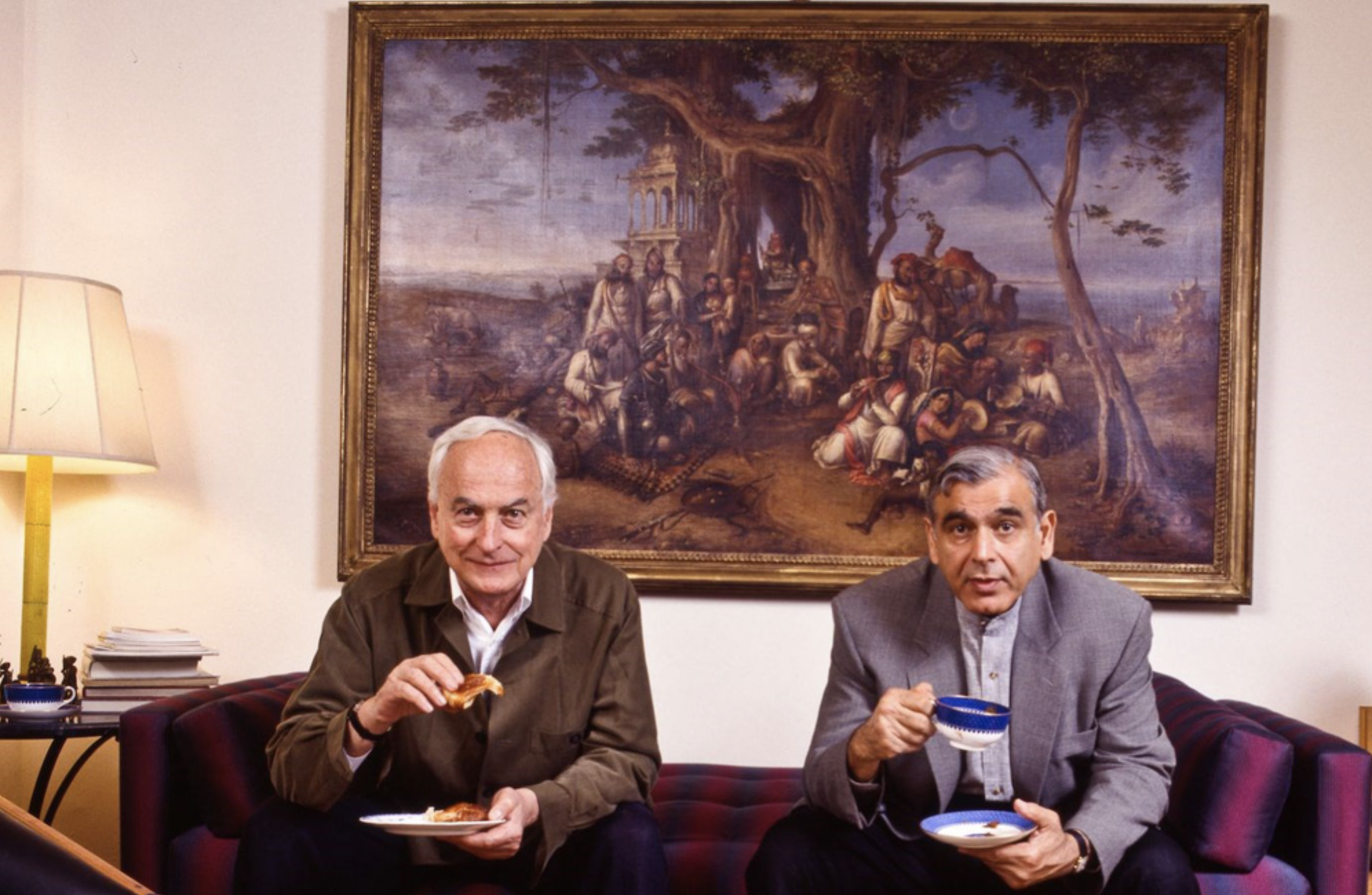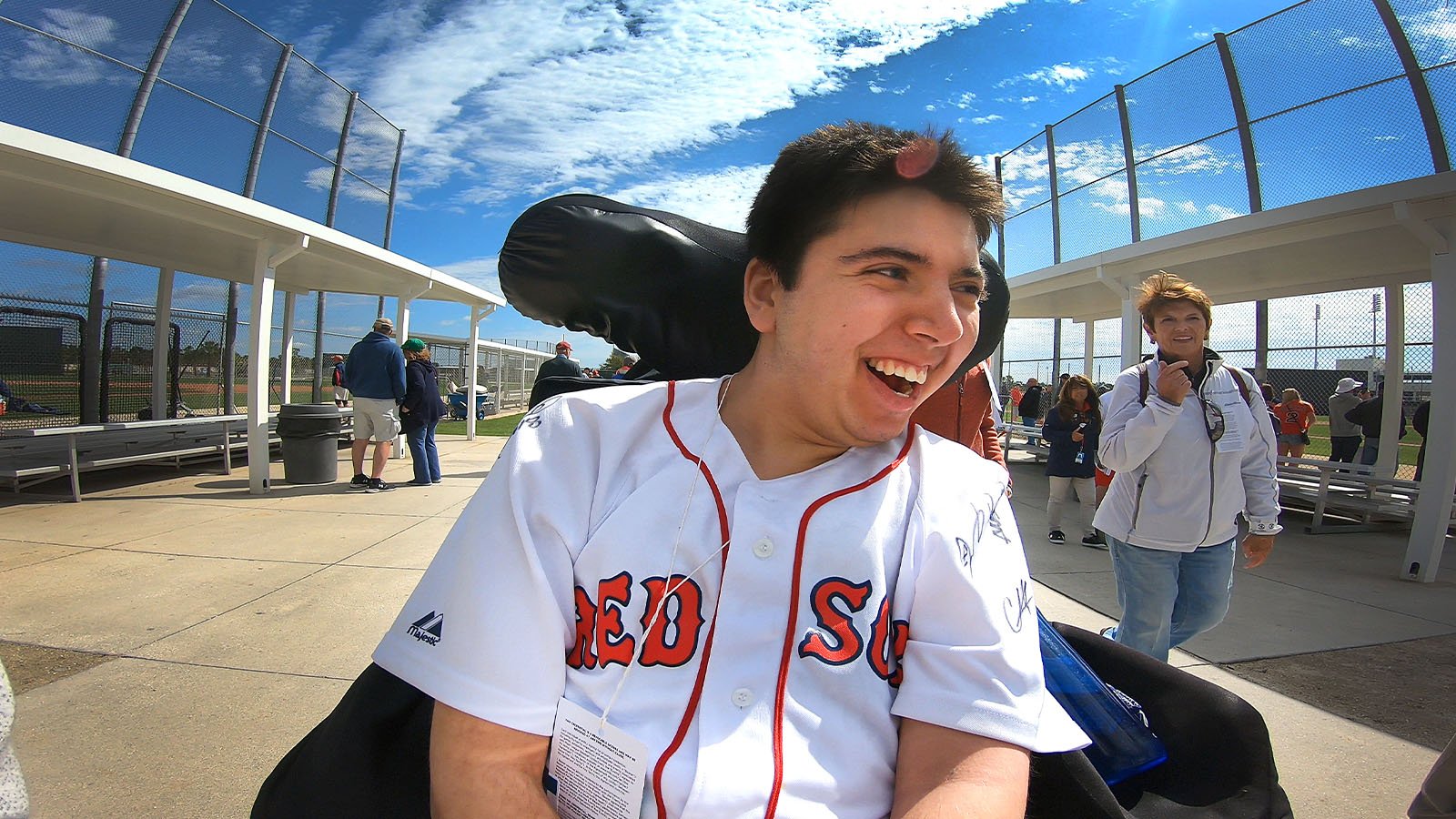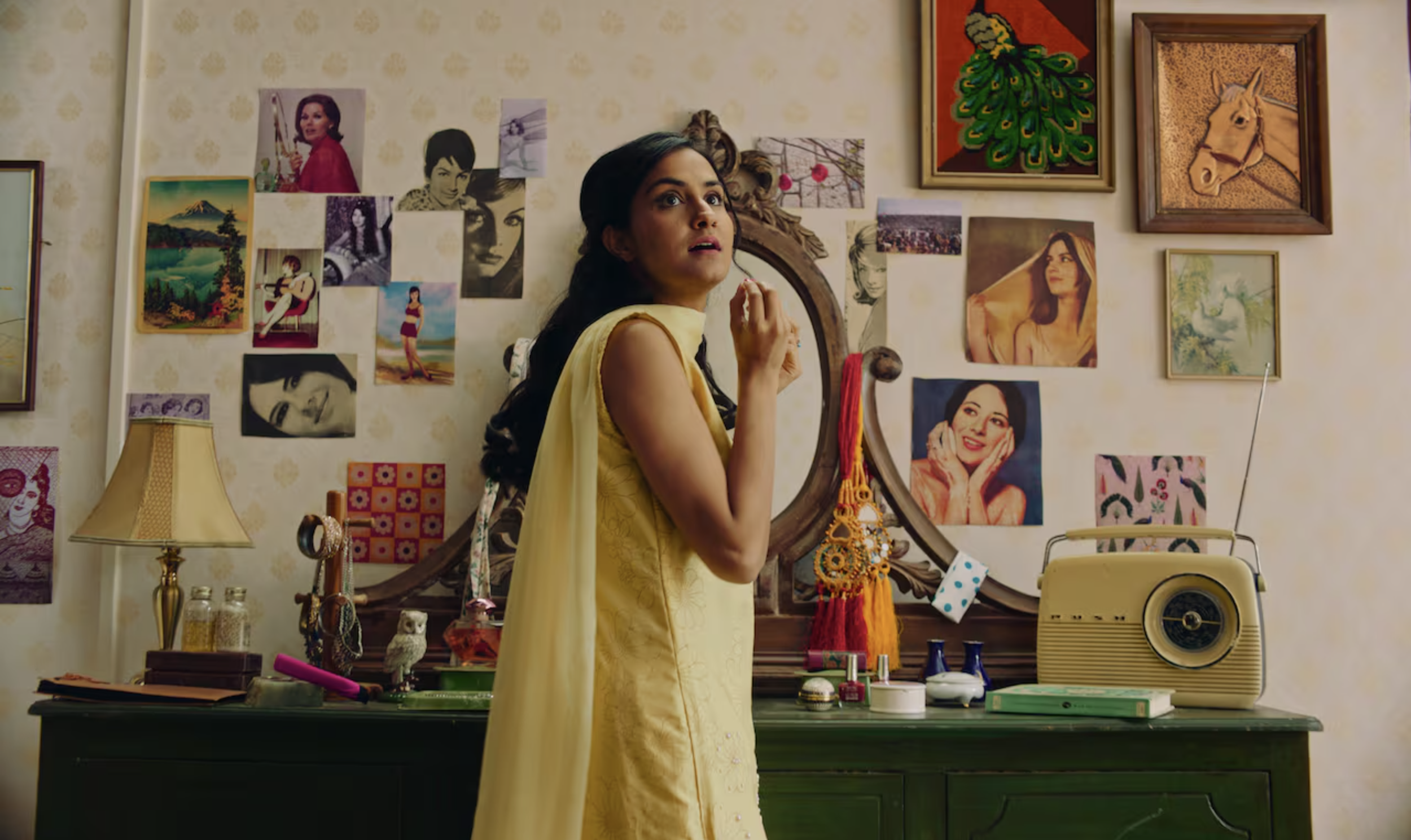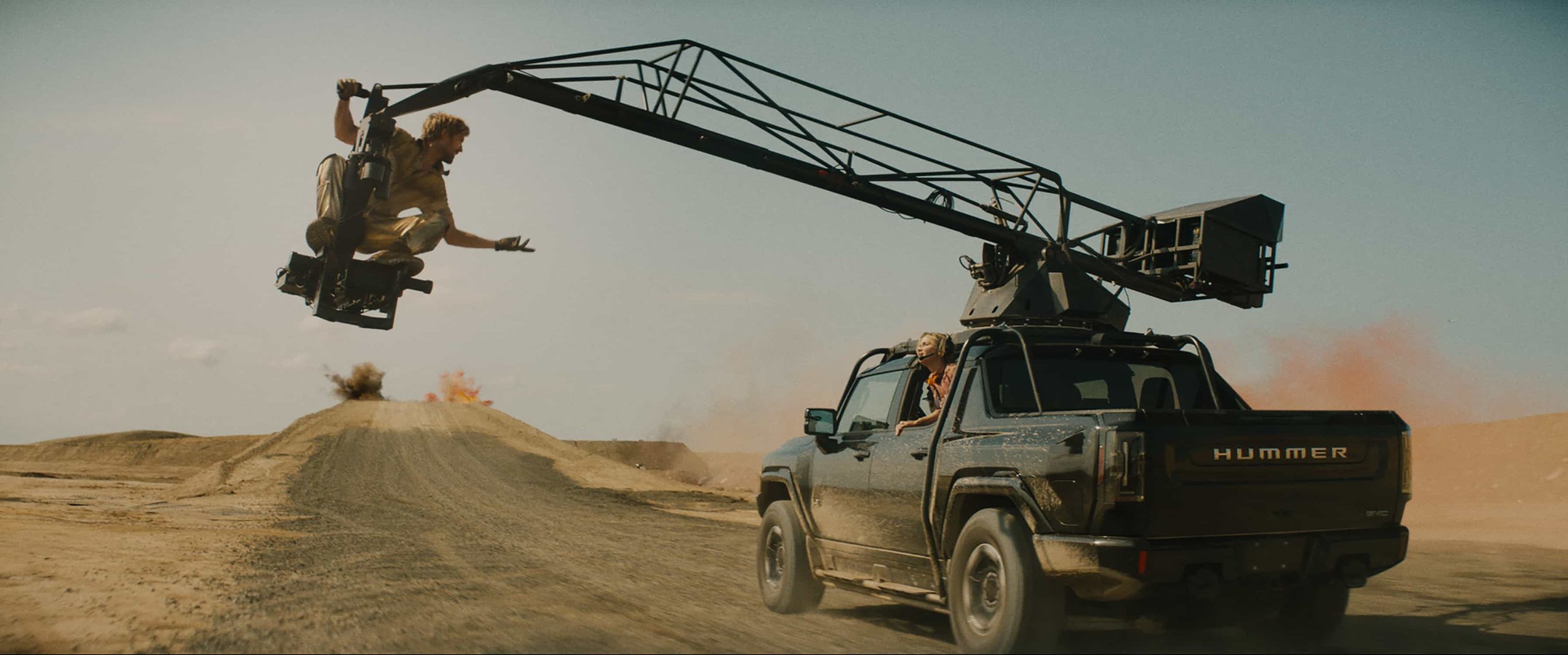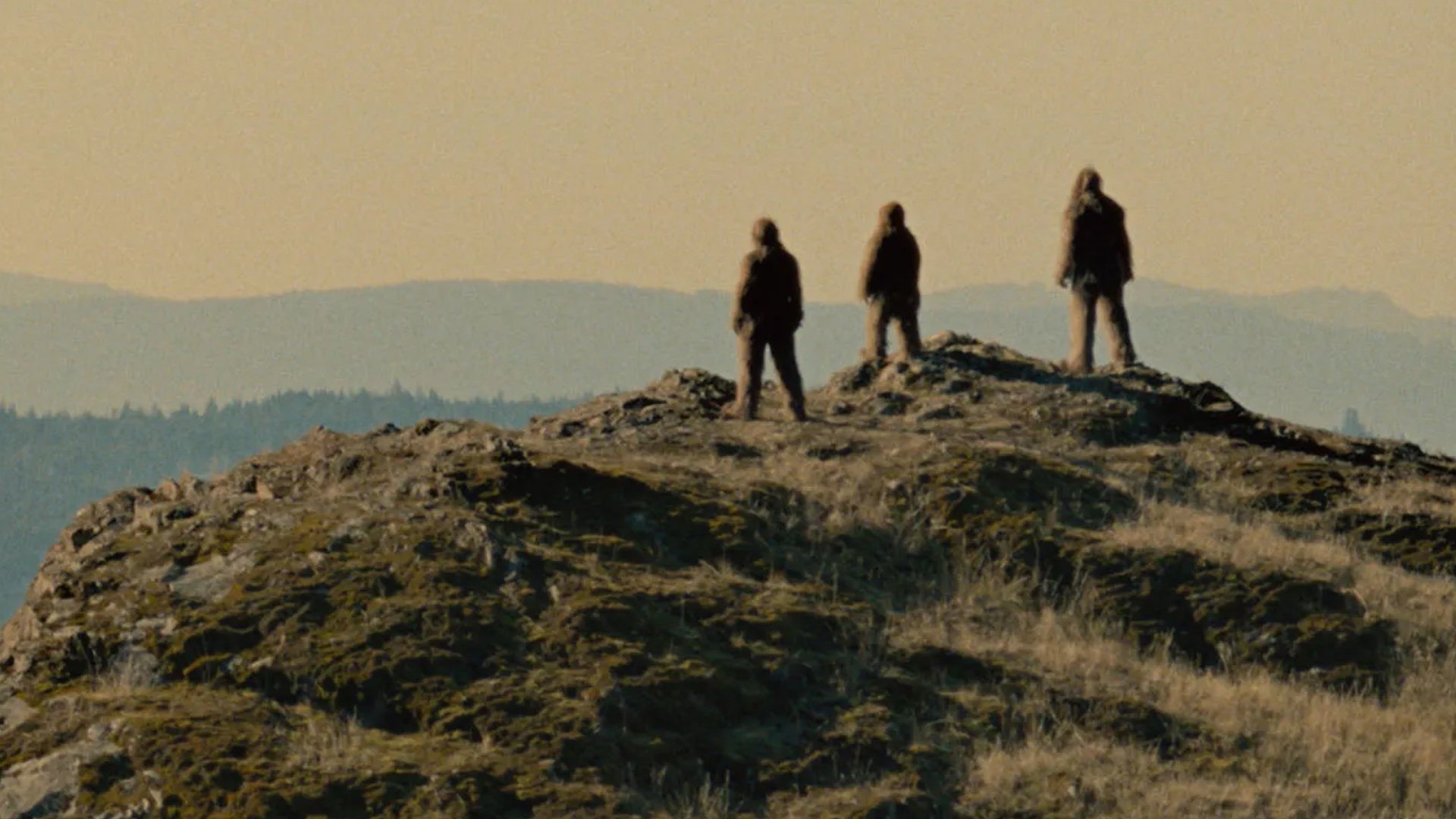SIFF Advance: SEBASTIAN
Directing: B
Acting: A-
Writing: B-
Cinematography: B+
Editing: B
There’s a lot of gay sex in Sebastian. Many of these scenes go on longer than you might expect, and are unusually frank, it not overly explicit. It seems to be part of the point, given the title character is engaged in sex work in nearly every case, and he comments on how sex workers using modern technology regard it as a job, like any other.
As always, it’s the context that matters. “Sebastian” is actually a pseudonym, used by Max, a 25-year-old writer working for a magazine, getting short stories published, and working to finish a novel. This is where Sebastian’s premise gets particularly compelling: evidently unable to dream up scenarios for his fiction that feel authentic, Max’s “research” involves engaging in actual sex work.
Sebastian has far less to say about sex work, actually, than it does about the ethics of representation. Max is constantly telling people he gets the details for his content from interviews with sex workers; he’s not telling anyone he’s doing the work himself—and, somewhat predictably, he gets in over his head in this endeavor. Why Max doesn’t just do the actual interviewing of seasoned sex workers instead of lying about it is really never made clear. Perhaps he’s genuinely interested in sex work but can’t admit it to himself.
We never get a straight (so to speak) answer to this. There’s a memorable line during a conversation with Max about his novel in progress, another man tells him he spoke to a woman sex worker once, and asked about how she must, inevitably, find some of her clients repulsive. “She said it was never about them,” the man says. “It was always about her.”
Clearly we are meant to infer the same to be the case with Max/Sebastian. But why? To what end? This is, to me, the open mystery of Sebastian. There’s another exchange where Max complains about his own work having nothing to say. His friend retorts that his work need not always have something to say, it need only be true. The tension I constantly felt with this film was whether it’s presenting itself as something “true,” or if it indeed has something to say. I found it difficult to gauge, which kept me at a distance from it.
Which is not to say I didn’t find it engaging, if for no other reason than Ruaridh Mollica’s stellar performance as Max. There’s a moment when another character, another person in the home of one of his clients, says something that could have been the casting call description Mollica responded to: “You have this wholesome, boy-next-door look. But underneath. it’s all filth.” Mollica plays Max with a stunningly calibrated level of nuance, a guy who is eternally uneasy and vulnerable, but with a sturdy sexual confidence. I can’t think of any other character in film that I have ever seen quite like him.
Max’s clientelle tends to skew toward older men, and to Sebastian’s credit, these characters are all very well drawn, and feel like people with real-world dimensions. This film rightly doesn’t judge any of them, even as they have varying reasons for hiring a sex worker. Max has these experiences with them. and the way writer-director Mikko Makela puts this film together, it cuts mid-experience to Max at his laptop later, writing about the experience but from the perspective of Sebastian. This makes it impossible to tell how much truth there is to the rest of these hookup scenes, and how much Max is embellishing or inventing for his novel.
When Max develops a nonprofessional affection for one of his older male clients, Nicholas (Jonathan Hyde), he incorporates this turn into the novel he’s writing. Ironically, his publisher announces that this turn away from all the emotionally detached sex work is something that doesn’t work for the novel, while it’s the very thing that makes Sebastian more interesting. Max even makes reference to it being a means of handing down queer history between generations of gay men that might never have otherwise had anything to do with each other. I’d have loved for Sebastian to explore this more, but evidently the movie is as interested in that as Max’s publisher is.
By the end, Sebastian does manage to shift into a space I did find moving. But, overall, it feels like something is missing, something vital left unexplored. At least Ruaridh Mollica very much elevates the material with his performance, and I’ll be thinking about it for a while.
A perfect performance in an imperfect story.
Overall: B



